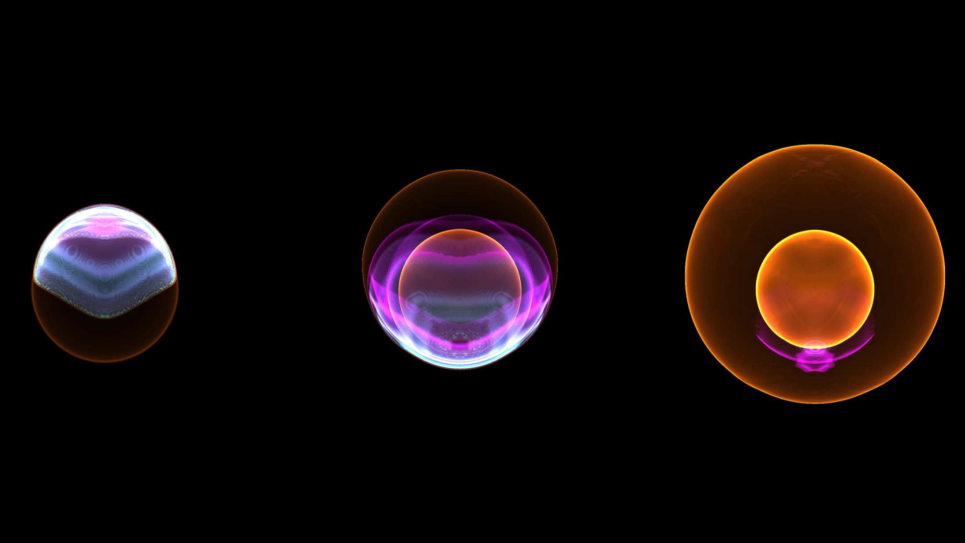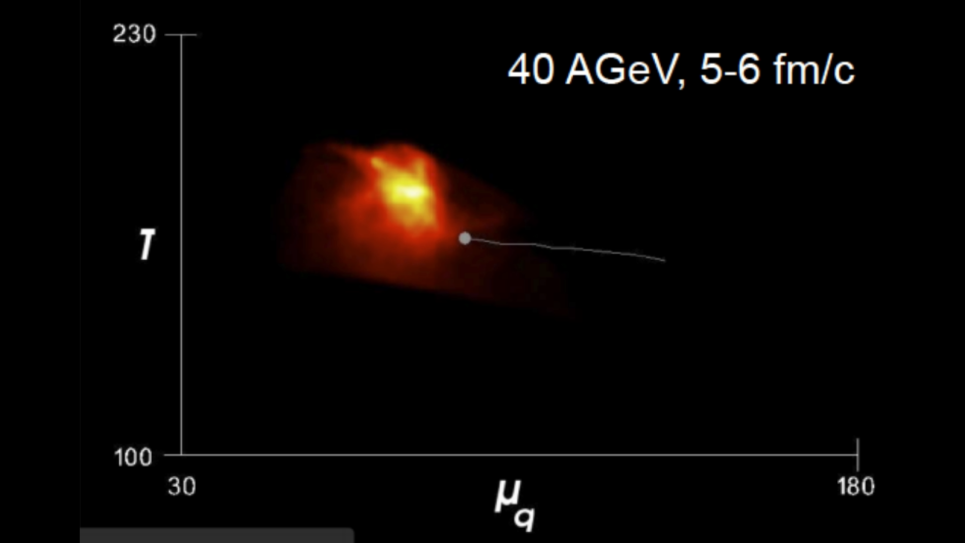
Towards a Definitive Model of Core-Collapse Supernova Explosions
This project uses state-of-the-art radiation-hydrodynamics simulations to explore the full physics of supernova explosions.
Core-collapse supernovae dramatically announce the death of massive stars and the birth of neutron stars. During this violent process, a combination of high-density nuclear physics, multi-dimensional hydrodynamics, radiation transport, and neutrino physics determines whether and how the star explodes.
This project explores the full physics of supernova explosions. Researchers are using the state-of-the-art, highly scalable, 3D radiation-hydrodynamics simulation code Fornax to determine the explosion energies, neutron star residual masses, and 56Ni and 44Ti yields—all as functions of progenitor mass.
A solution will benefit ongoing efforts of observers and instrument designers in the U.S. and around the world engaged in projects to determine the origin of the elements, measure gravitational waves, and interpret laboratory nuclear reaction rate measurements in light of stellar nucleosynthesis.

